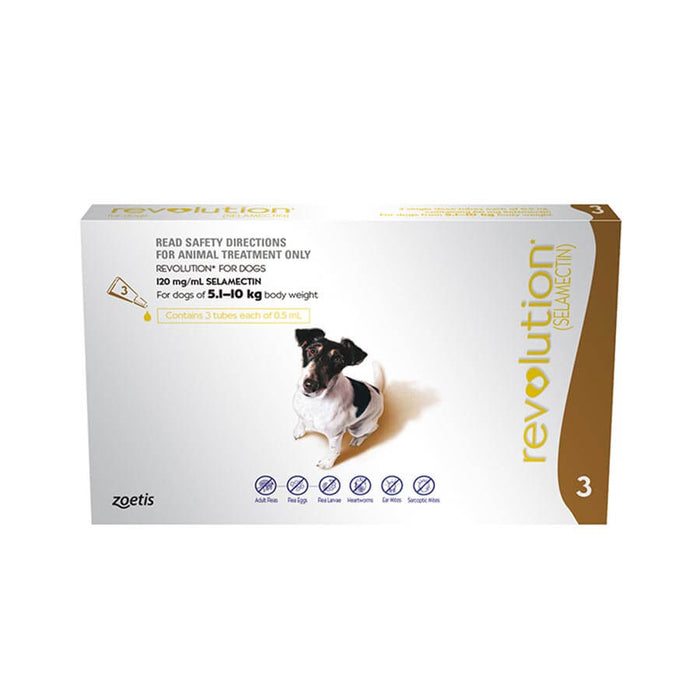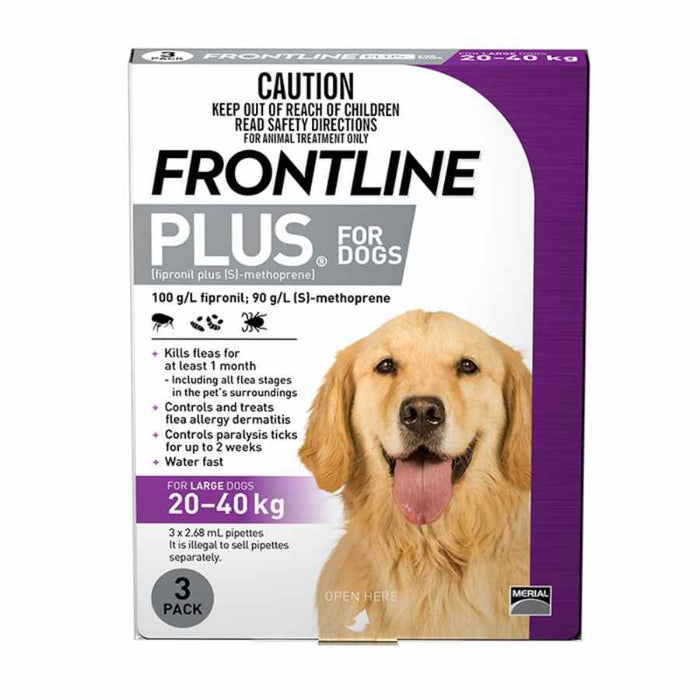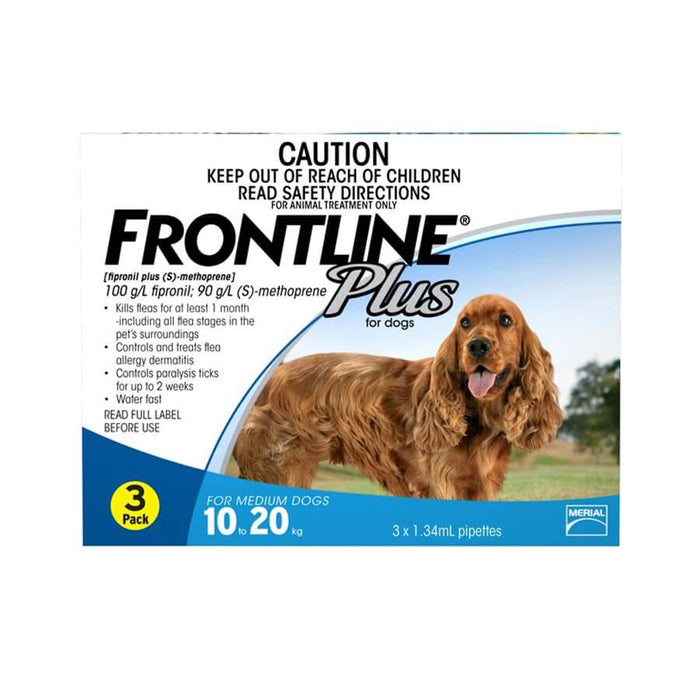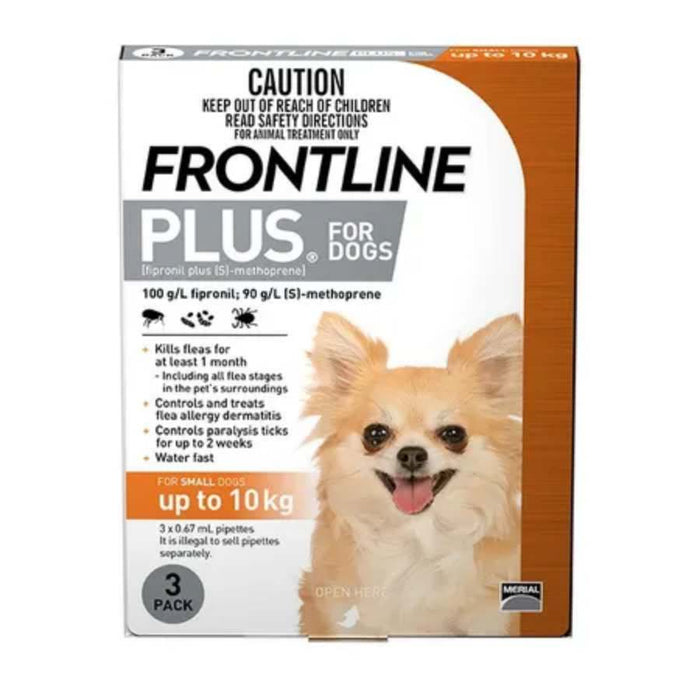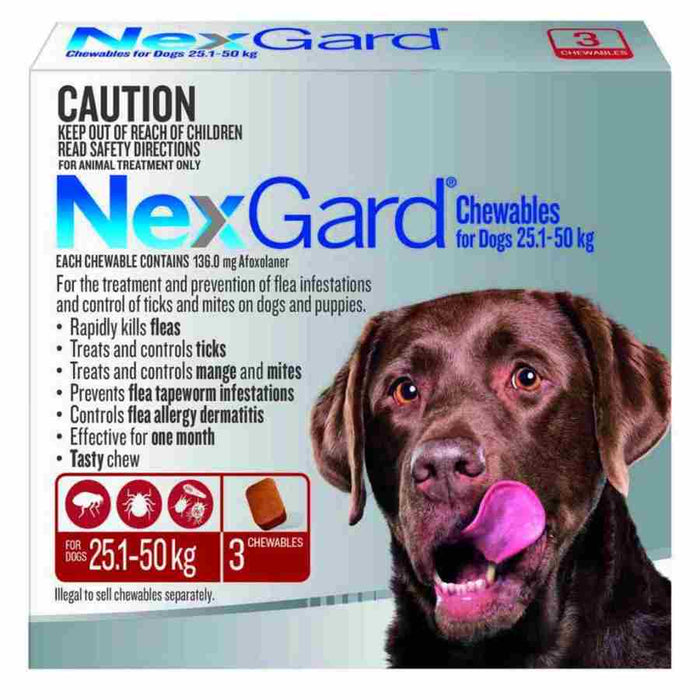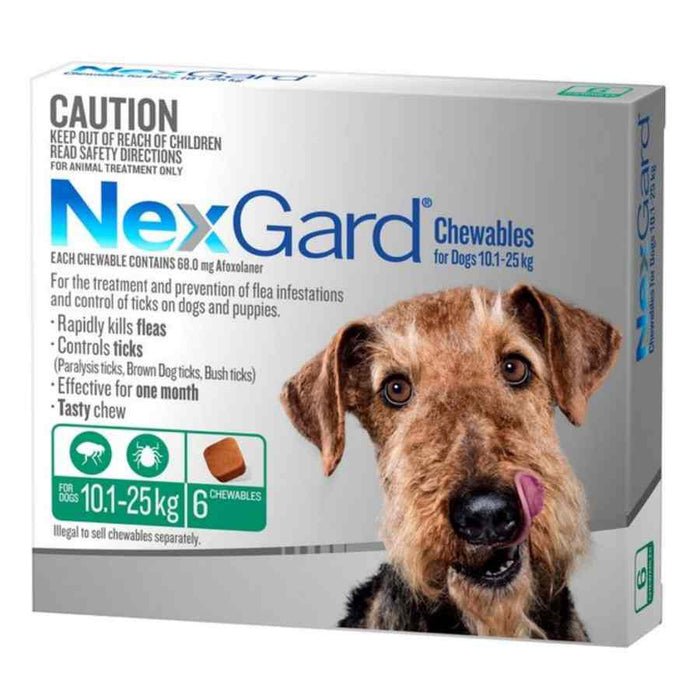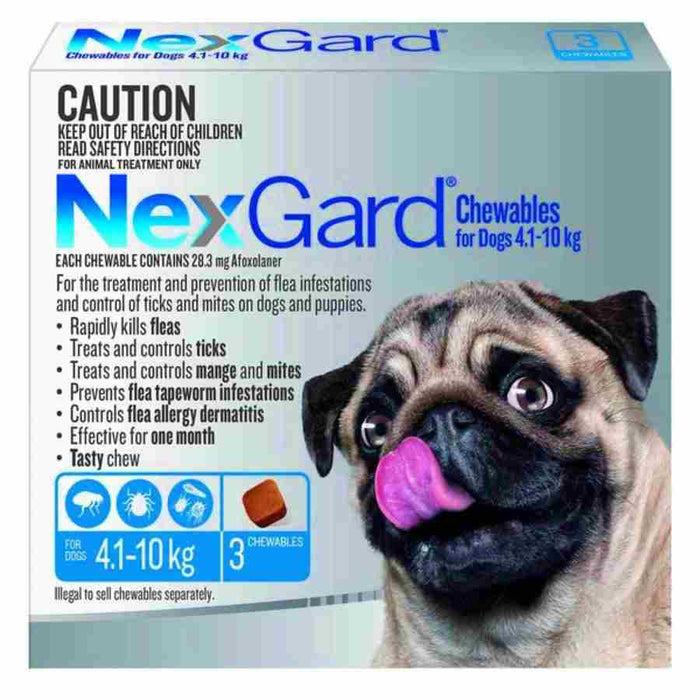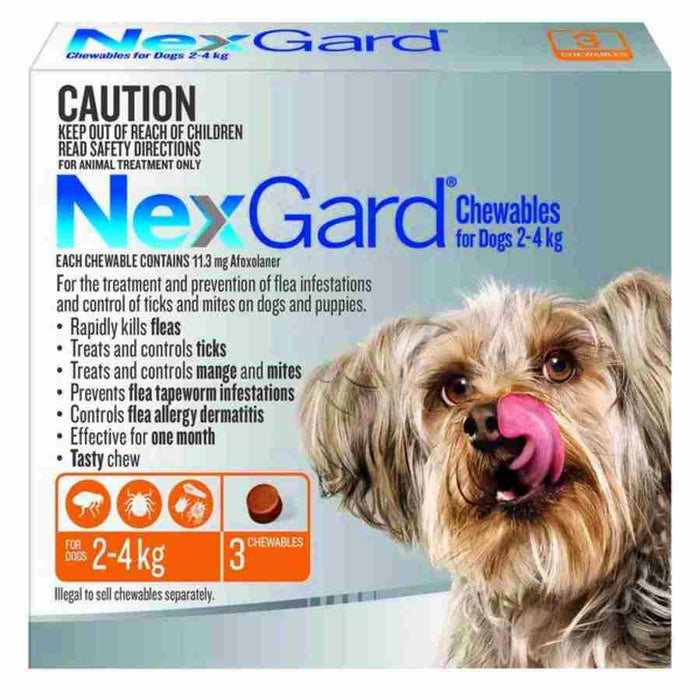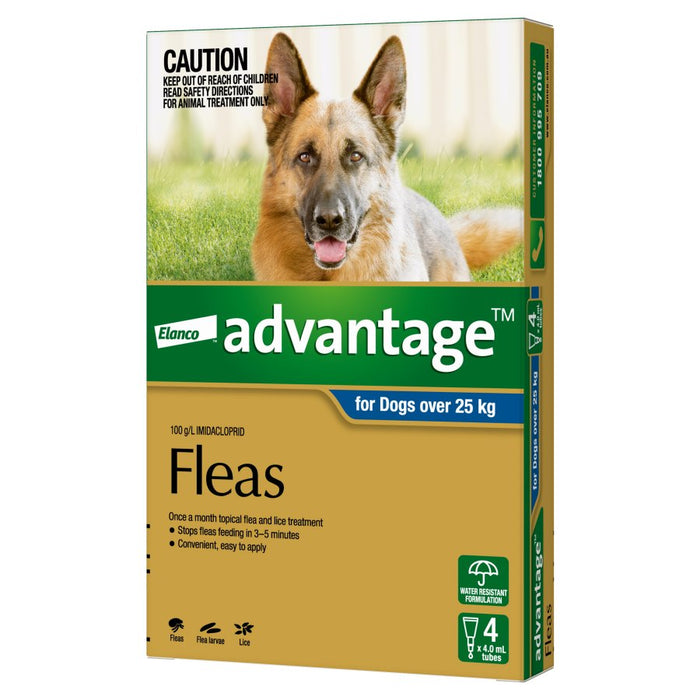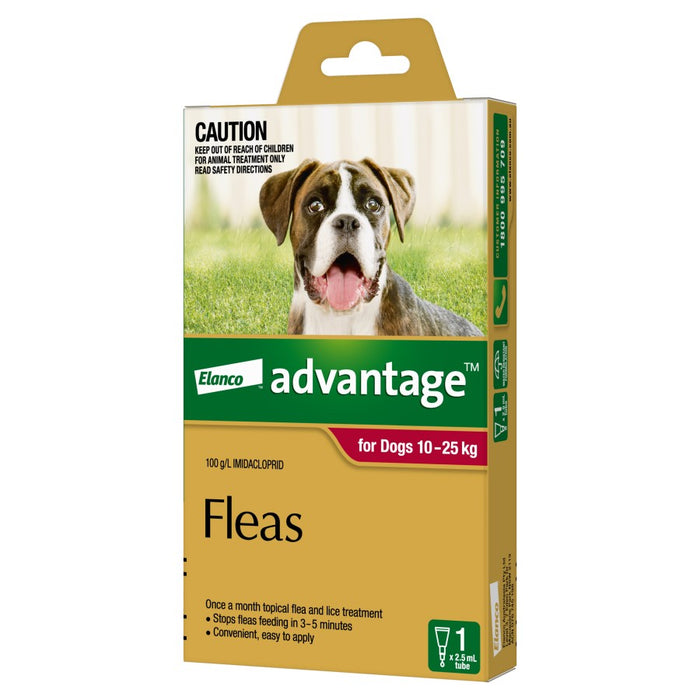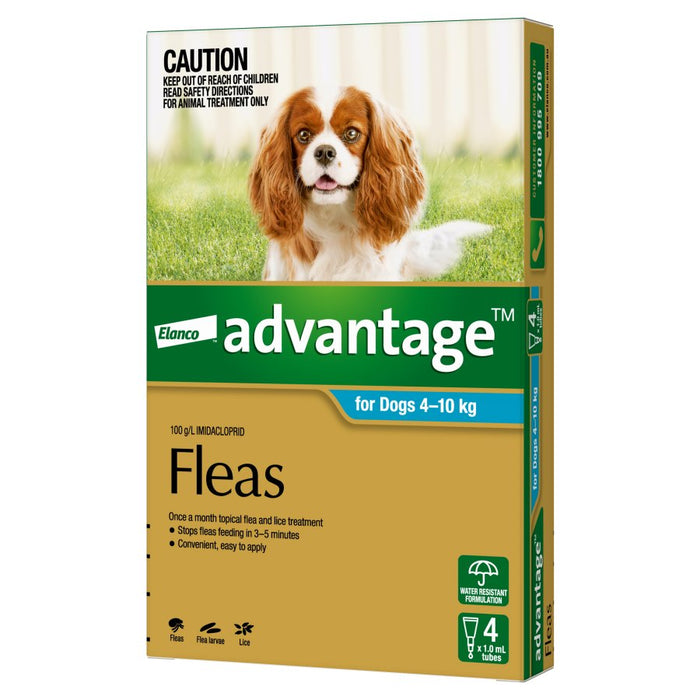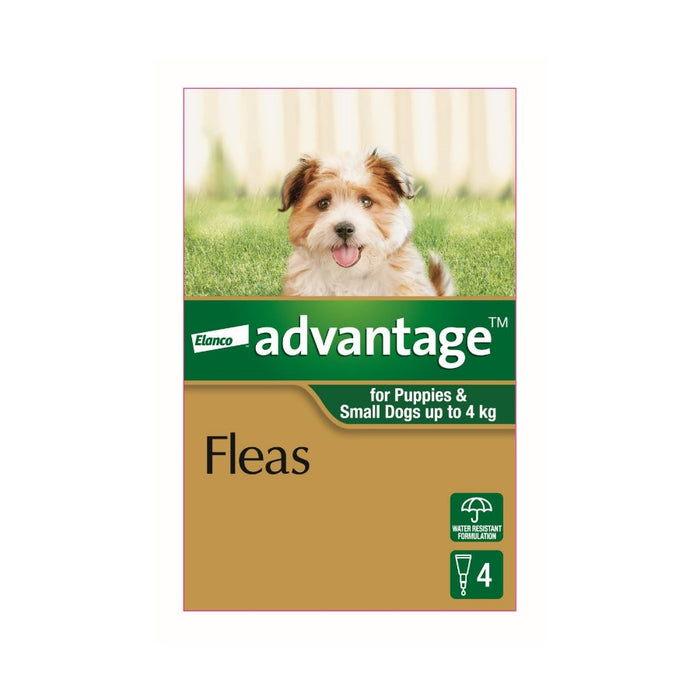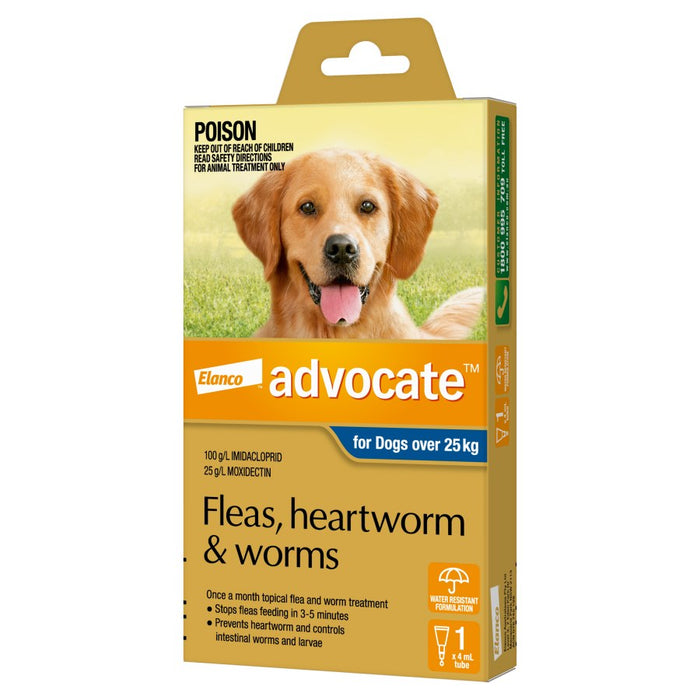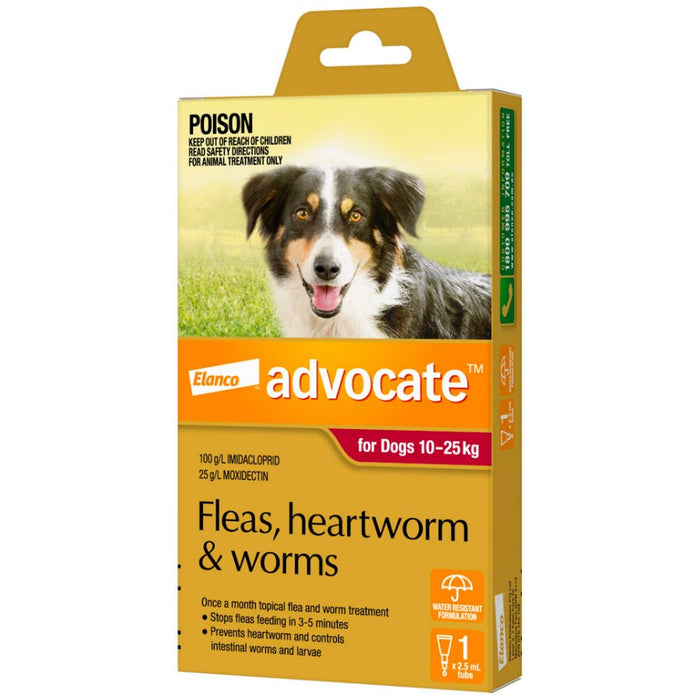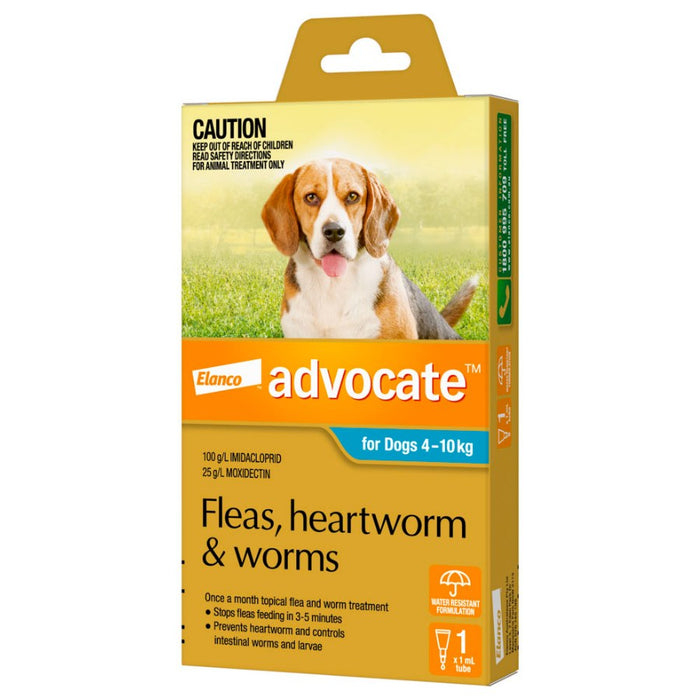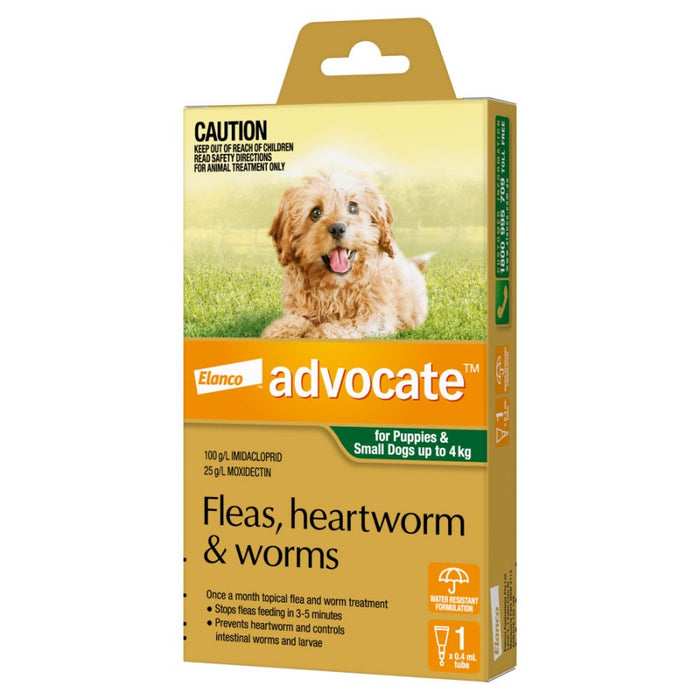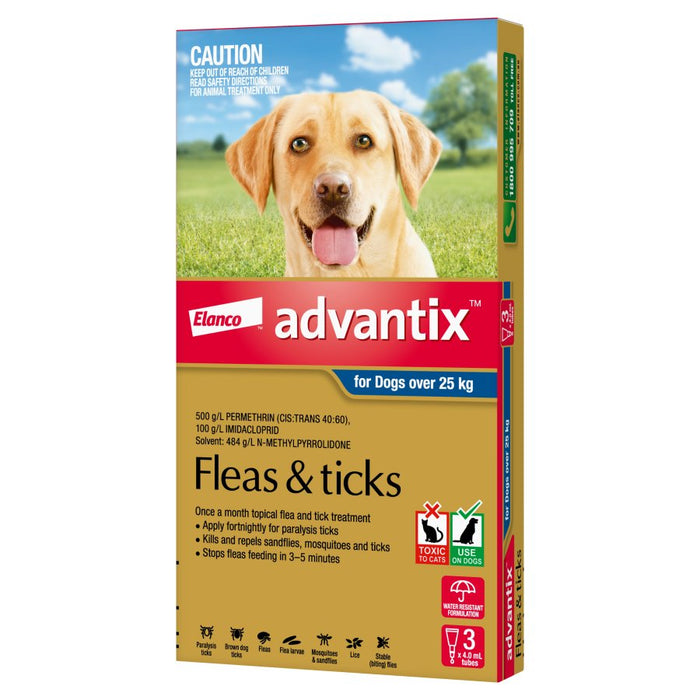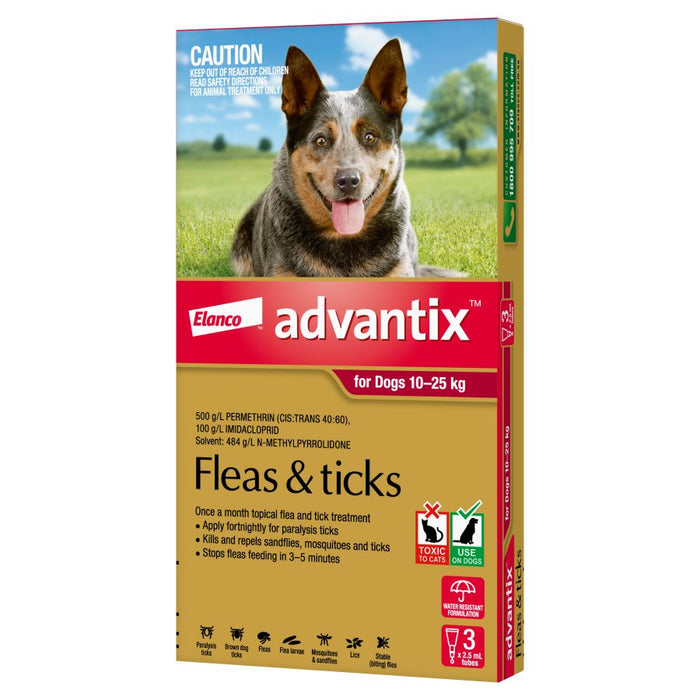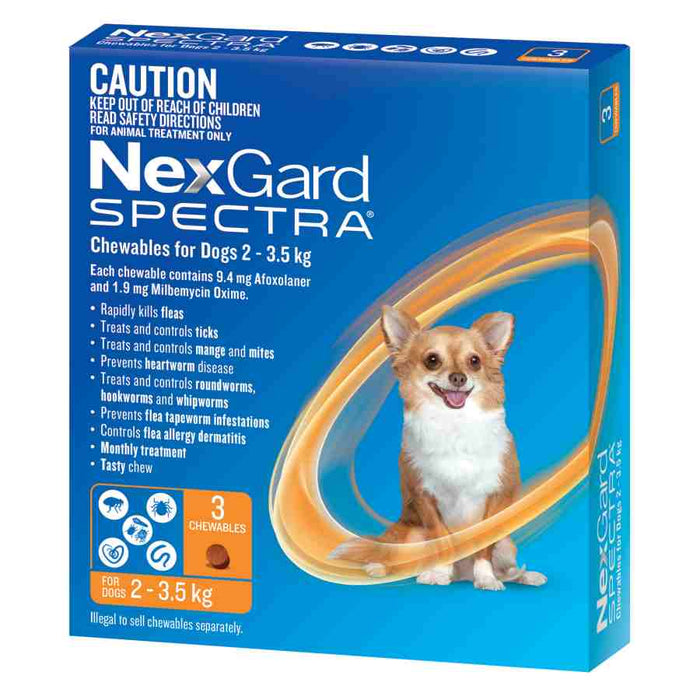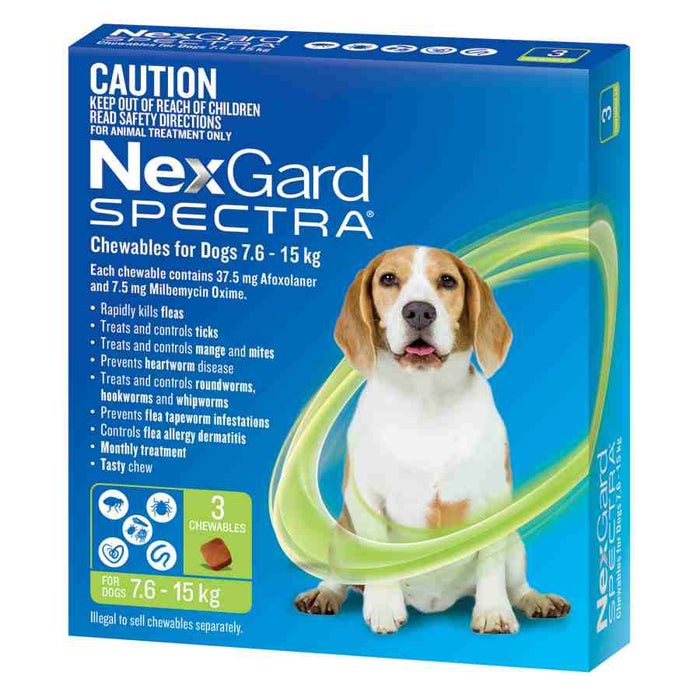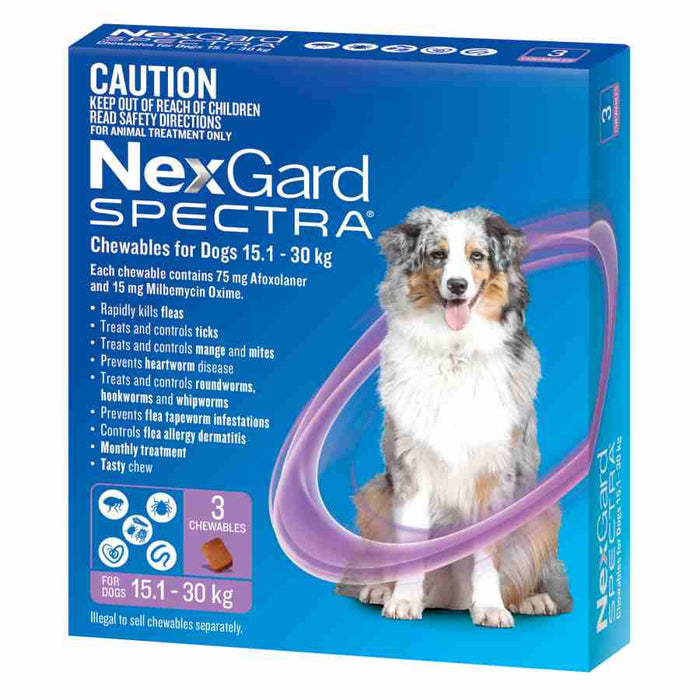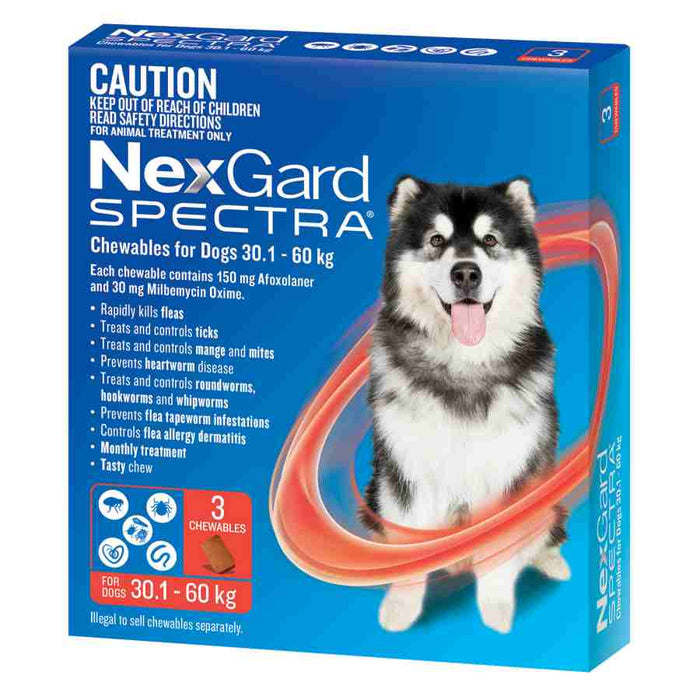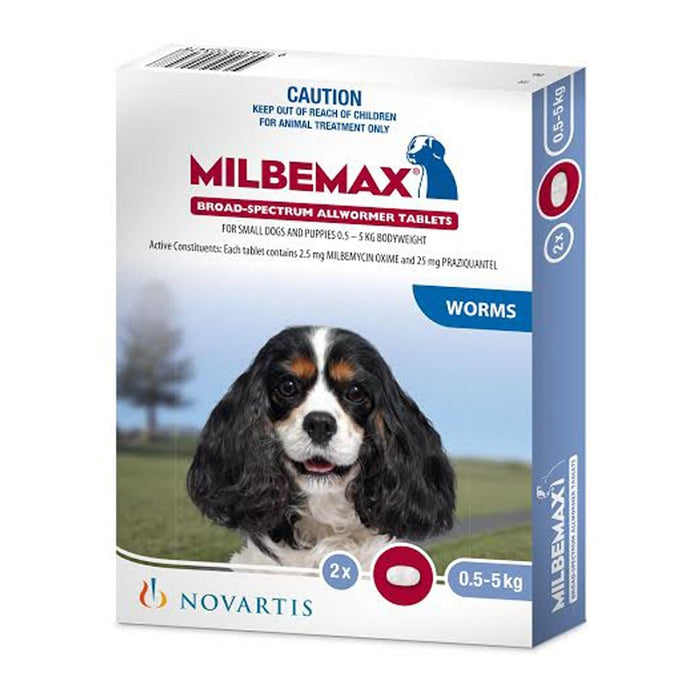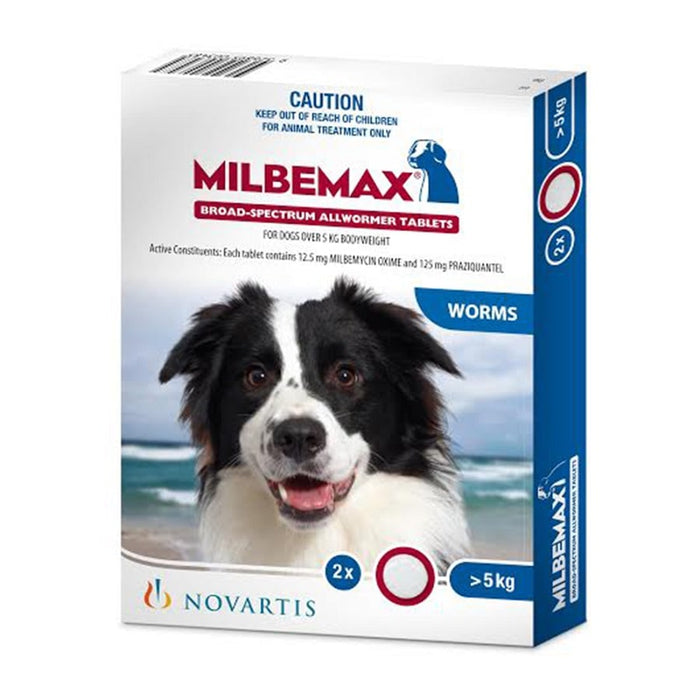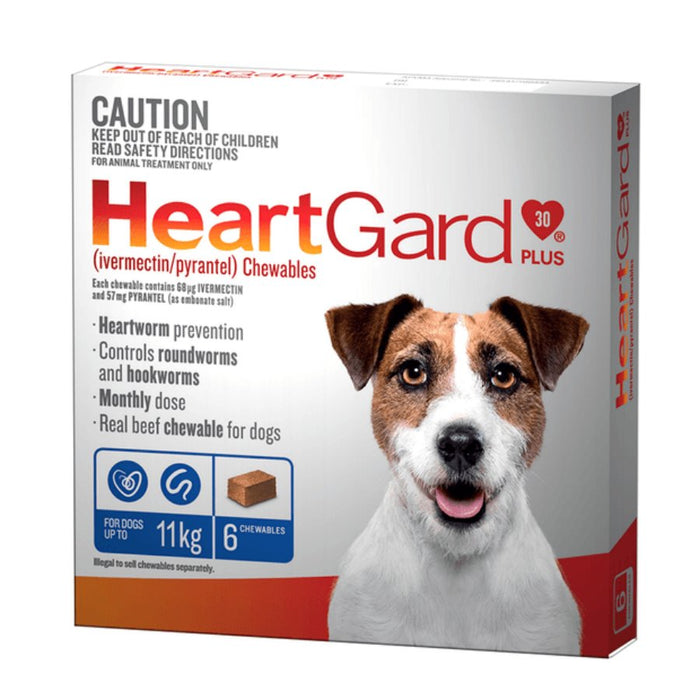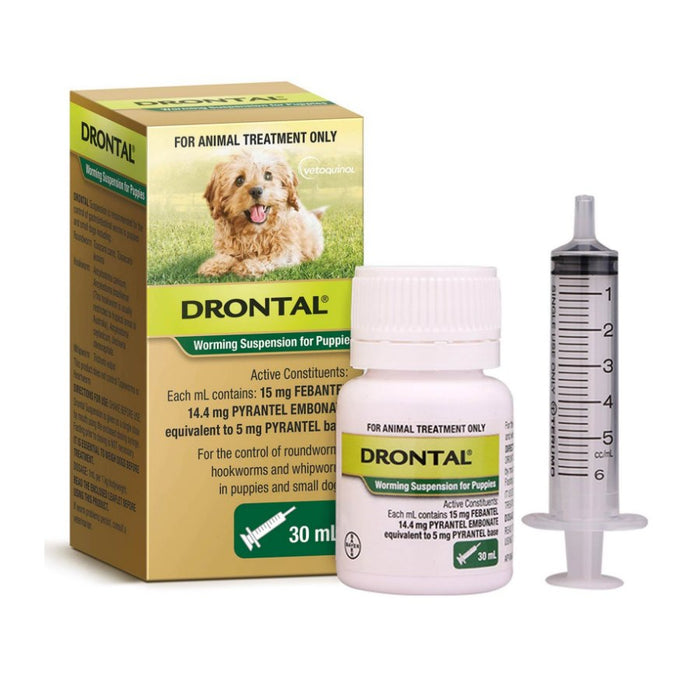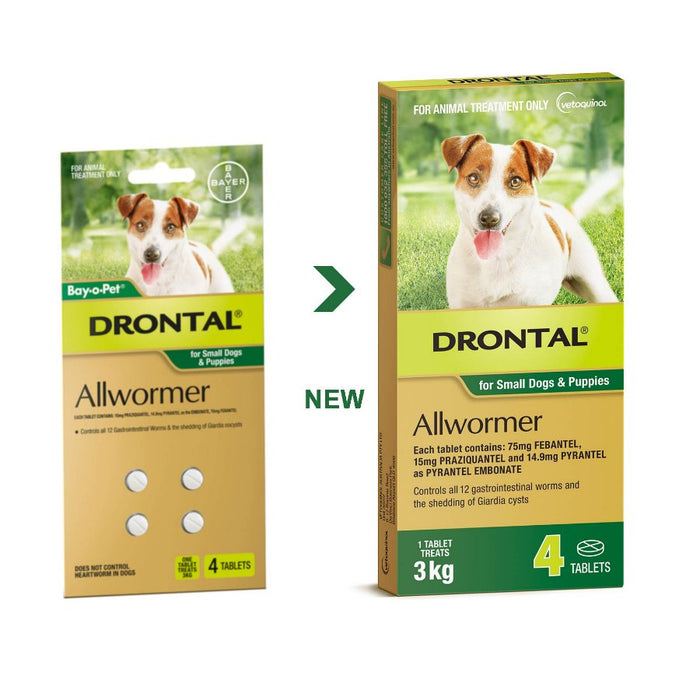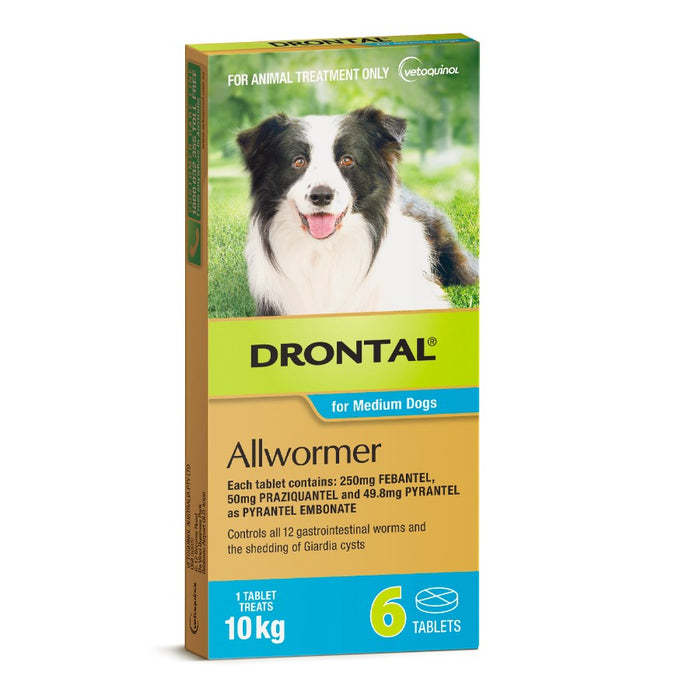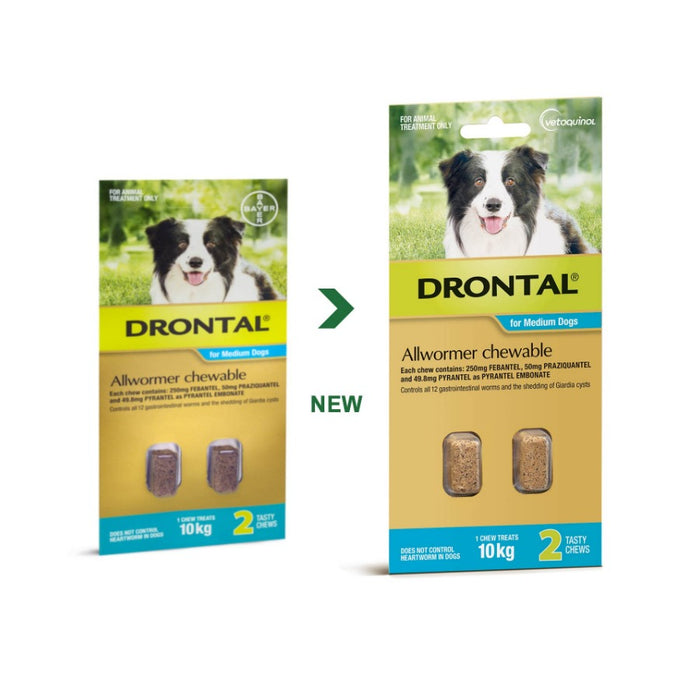Dog Flea, Tick, Worming
Revolution Dog Small Brown
- Regular
- from $80.49
- Sale
- from $80.49
- Regular
-
- Unit Price
- per
Frontline Plus Dog Large Purple
- Regular
- from $53.99
- Sale
- from $53.99
- Regular
-
- Unit Price
- per
Frontline Plus Dog Medium Blue
- Regular
- from $44.95
- Sale
- from $44.95
- Regular
-
$65.99RRP - Save up to $21.04 off RRP
- Unit Price
- per
Frontline Plus Dog Small Orange
- Regular
- from $44.49
- Sale
- from $44.49
- Regular
-
$64.99RRP - Save up to $20.50 off RRP
- Unit Price
- per
Nexgard Extra Large
- Regular
- from $67.49
- Sale
- from $67.49
- Regular
-
- Unit Price
- per
Nexgard Large
- Regular
- from $62.95
- Sale
- from $62.95
- Regular
-
- Unit Price
- per
Nexgard Medium
- Regular
- from $59.95
- Sale
- from $59.95
- Regular
-
- Unit Price
- per
Nexgard Small
- Regular
- from $56.95
- Sale
- from $56.95
- Regular
-
- Unit Price
- per
Advantage Dog Extra Large Blue
- Regular
- from $73.95
- Sale
- from $73.95
- Regular
-
- Unit Price
- per
Advantage Dog Large Red
- Regular
- from $23.49
- Sale
- from $23.49
- Regular
-
- Unit Price
- per
Advantage Dog Medium Aqua
- Regular
- from $68.95
- Sale
- from $68.95
- Regular
-
- Unit Price
- per
Advantage Dog Small Green
- Regular
- from $62.95
- Sale
- from $62.95
- Regular
-
- Unit Price
- per
Advocate Dog Extra Large Grey
- Regular
- from $33.95
- Sale
- from $33.95
- Regular
-
- Unit Price
- per
Advocate Dog Large Red
- Regular
- from $32.95
- Sale
- from $32.95
- Regular
-
- Unit Price
- per
Advocate Dog Medium Blue
- Regular
- from $28.95
- Sale
- from $28.95
- Regular
-
- Unit Price
- per
Advocate Dog Small Green
- Regular
- from $26.95
- Sale
- from $26.95
- Regular
-
- Unit Price
- per
Advantix Dog Extra Large Grey
- Regular
- from $62.95
- Sale
- from $62.95
- Regular
-
- Unit Price
- per
Advantix Dog Large Red
- Regular
- from $41.95
- Sale
- from $41.95
- Regular
-
$59.95RRP - Save up to $18.00 off RRP
- Unit Price
- per
Nexgard Spectra Very Small Orange
- Regular
- from $69.95
- Sale
- from $69.95
- Regular
-
$70.95RRP - Save up to $1.00 off RRP
- Unit Price
- per
Nexgard Spectra Small Yellow 3.6-7.5kg
- Regular
- from $73.95
- Sale
- from $73.95
- Regular
-
- Unit Price
- per
Nexgard Spectra Medium Green 7.6-15kg
- Regular
- from $99.50
- Sale
- from $99.50
- Regular
-
- Unit Price
- per
Nexgard Spectra Purple Large 15.1-30kg
- Regular
- from $89.49
- Sale
- from $89.49
- Regular
-
- Unit Price
- per
Nexgard Spectra Very Large Red
- Regular
- from $92.49
- Sale
- from $92.49
- Regular
-
- Unit Price
- per
Milbemax All Wormer for Small Dogs
- Regular
- $12.95
- Sale
- $12.95
- Regular
-
- Unit Price
- per
Milbemax All Wormer for Dogs
- Regular
- $28.49
- Sale
- $28.49
- Regular
-
- Unit Price
- per
Heartgard Plus Small Dog Blue
- Regular
- $57.95
- Sale
- $57.95
- Regular
-
- Unit Price
- per
Drontal Puppy Worming Suspension
- Regular
- $27.95
- Sale
- $27.95
- Regular
-
- Unit Price
- per
Drontal Allwormer Tablets for Small Dogs
- Regular
- from $17.95
- Sale
- from $17.95
- Regular
-
- Unit Price
- per
Drontal Allwormer Tablets for Medium Dogs
- Regular
- $48.95
- Sale
- $48.95
- Regular
-
- Unit Price
- per
Drontal Allwormer Chews for Medium Dogs
- Regular
- from $23.49
- Sale
- from $23.49
- Regular
-
- Unit Price
- per
When it comes to protecting your beloved dog from pesky pests and parasites, our Dog Flea, Tick, and Worming collection has you covered. These products are designed to safeguard your furry friend from harmful infestations while ensuring their comfort and well-being. From topical treatments to oral medications, we provide a comprehensive range of solutions that effectively combat fleas, ticks, and worms. Explore our selection to find the right products that will keep your dog healthy, happy, and free from unwanted invaders.
Effective Flea and Tick Treatments
Fleas and ticks are more than just a nuisance; they can cause serious health issues for your dog. Our collection features a variety of effective flea and tick treatments designed to eliminate these pests quickly and efficiently. From spot-on treatments to collars and sprays, we offer products that are easy to apply and provide long-lasting protection. Many of our flea and tick solutions are formulated with veterinary-approved ingredients, ensuring that your dog receives the best care possible. Choose from leading brands that prioritize safety and efficacy to keep your furry friend protected from these harmful parasites.
Comprehensive Worming Solutions
Worm infestations can pose significant health risks to dogs, including weight loss, lethargy, and serious digestive issues. Our Worming solutions are specifically designed to target various types of intestinal worms, including roundworms, tapeworms, and hookworms. We offer a range of deworming medications that are safe for dogs of all ages, including puppies and pregnant dogs. These medications come in convenient forms, such as tablets and liquids, making it easy to administer treatment. Regular deworming is essential for your dog's health, so explore our collection to find the right solution for your pet.
Natural and Organic Options
For pet parents looking for natural alternatives, our Dog Flea, Tick, and Worming collection includes a variety of organic products. These options are made from natural ingredients that are gentle on your dog's skin and coat while effectively repelling pests and parasites. Our natural flea and tick treatments often feature essential oils like cedarwood, peppermint, and lavender, which are known for their pest-repelling properties. Similarly, our organic worming solutions use herbal formulas that can help maintain your dog's digestive health without harsh chemicals. Discover a holistic approach to pest control with our natural options that prioritize your pet's well-being.
Preventative Care for Long-Term Protection
Prevention is key when it comes to keeping your dog free from fleas, ticks, and worms. Our collection emphasizes preventative care with products designed to create a barrier against infestations. Regular use of flea and tick preventatives can help avoid the discomfort and health issues associated with these pests. Additionally, our worming treatments are recommended for routine deworming schedules to keep your dog healthy year-round. By incorporating these preventative measures into your dog's care routine, you can ensure they lead a happy, active life without the worry of infestations.
Expert Advice and Recommendations
Choosing the right flea, tick, and worming products for your dog can be overwhelming, especially with so many options available. That's why we provide expert advice and recommendations to help you make informed decisions. Our team is dedicated to ensuring you find the best products tailored to your dog's specific needs, considering factors like age, size, and lifestyle. Whether you need help selecting the right flea collar or deworming medication, we're here to assist you every step of the way. Trust our expertise to guide you in protecting your furry companion from pests and parasites.
Convenient Shopping Experience
We understand that pet care can be time-consuming, which is why we offer a convenient online shopping experience for all your flea, tick, and worming needs. Our user-friendly website allows you to browse and compare products with ease, ensuring you find the right solutions for your dog quickly. With detailed product descriptions, customer reviews, and helpful filters, you can make confident purchasing decisions from the comfort of your home. Plus, enjoy fast shipping and regular promotions that make it easier than ever to keep your dog protected without breaking the bank. Shop our Dog Flea, Tick, and Worming collection today to give your pet the care they deserve.


